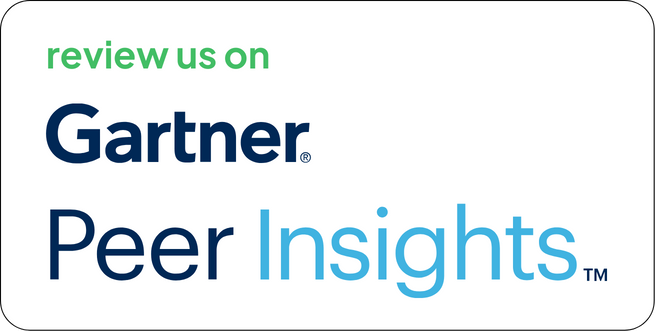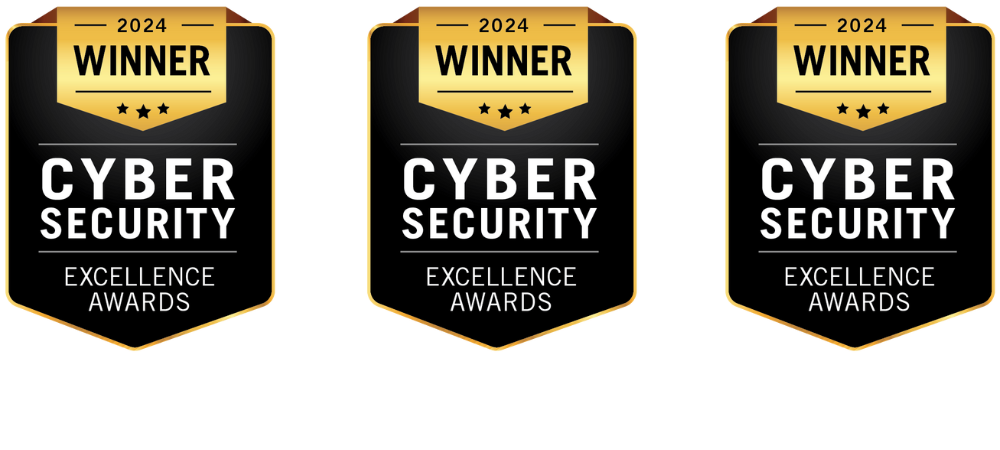Security teams today can’t afford to miss critical events. Whether it’s a new vulnerability, an SLA breach, or a reopened issue, delays in awareness often translate to delays in response. While dashboards and emails are common channels, they fail to provide the immediacy and relevance needed for fast action.
That’s why Strobes integrates tightly with Slack to ensure the right alerts reach the right people instantly and contextually.
This article breaks down how the Slack integration works, its purpose, and the tangible value it delivers to security, DevOps, and remediation teams.
Why Slack?
Slack has become the default collaboration environment for engineering, security, and IT teams in modern organizations. But without structured, automated alerts from your security tools, it becomes just another place where updates get buried.
Security doesn’t need more noise. It needs high-fidelity signals delivered where teams already work. And those signals must carry actionable context.
What Is Strobes?
Strobes is an enterprise-grade CTEM (Continuous Threat Exposure Management) platform designed to bridge detection with decision and action. Key pillars include:
- Risk-Based Vulnerability Management (RBVM)
- Pentesting-as-a-Service (PTaaS)
- Application Security Posture Management (ASPM)
- Attack Surface Management (ASM)
Strobes connects with scanners, CI/CD pipelines, ITSM tools, and collaboration platforms like Slack. It contextualizes findings, prioritizes real risk, and automates remediation—all while offering complete auditability.
Purpose of Slack Integration with Strobes
The Slack integration is built for organizations that:
- Use Slack as their main team communication hub
- Want critical vulnerability and SLA-related updates in real-time
- Need alerts routed to specific stakeholders based on ownership, project, or severity
- Prefer automation over manual coordination
Instead of pushing raw findings, Strobes filters and formats alerts based on business logic, ensuring every alert that reaches Slack is worth responding to.
What the Integration Actually Does
Here’s what happens when you configure the Slack Integration with Strobes:
1. Event-Driven Notifications
Strobes connects alerting to core platform events. You can configure notifications for:
- New findings (e.g., Critical vulnerability on prod asset)
- Status changes (e.g., Open → Remediated, Resolved → Reopened)
- SLA breaches (e.g., High severity vuln not remediated within 72 hours)
- Custom workflows (e.g., CVE with known exploit + public-facing server)
These aren’t generic Slack messages, they’re filtered, enriched alerts triggered by defined events.
2. Routing by Context
You can configure channel-level routing based on:
- Severity (e.g., Critical → #sec-leads)
- Ownership (e.g., team:Payments → #payments-sec)
- Asset group (e.g., Cloud infra → #cloud-ops)
- Project (e.g., Web App → #frontend-devs)
This ensures alerts go to people who can act, not everyone in a global channel.
3. Alert Payload Structure
Each Slack alert includes:
- Finding title, CVE/QID if available
- Severity, asset name, and environment (e.g., staging/prod)
- Status and SLA timer (if applicable)
- Direct link to the Strobes finding
Optional: remediation instructions or assignment summary
Messages are structured for fast triage, not copied from raw logs.
4. Built-in Automation Rules
Using Strobes’ Automation Engine, you can create workflows like:
- If new finding = Critical AND asset = Public-facing → Send alert to #prod-watch
- If SLA breach = True AND asset_tag = finance → Alert #compliance
- If finding = Reopened → Ping both reporter and assignee via Slack
This minimizes reliance on manual handoffs or status meetings.
Real-World Use Cases
Use Case 1: SLA Breach Escalation
Problem: SLA violations go unnoticed until reports are reviewed weekly.
Solution: Strobes automatically notifies #sec-leads when high-risk findings exceed SLA thresholds. The alert includes timestamps and remediation links.
Use Case 2: Critical Findings on Production
Problem: Production teams need immediate awareness of any critical vulnerability impacting live systems.
Solution: Alerts are triggered instantly when a critical finding affects any asset tagged as env:prod, routed to #infra-alerts.
Use Case 3: Reopened Issues
Problem: Reopened findings often go untracked, resulting in regression.
Solution: Strobes sends an alert to both the original assignee and QA team in #qa-updates for immediate follow-up.
Slack Integration vs. Traditional Email Alerts
| Criteria | Slack Integration | Email Alerts |
| Delivery Speed | Instant | Delayed (varies by config) |
| Routing Flexibility | Channel, severity, ownership | Single inbox or distribution list |
| Engagement | Interactive, acknowledged fast | Often ignored or lost |
| Actionability | Context-rich, linked to ticket | Generic or raw text |
| Team Collaboration | Discussion happens in-channel | Requires switching tools |
Setting It Up (Functional Flow)
1. Connect Slack Workspace
Use OAuth to authorize Strobes access. No custom bot or webhook needed.
2. Define Routing Logic
Select channels and set rules for severity, tags, ownership, etc.
3. Create Workflows
Use the Automation Engine to define triggers and actions.
4. Test and Activate
Trigger a test finding to ensure alerts show up correctly.
5. Monitor and Adjust
Refine filters to reduce noise and ensure relevance.
Why Slack Integration with Strobes Matters?
The Slack integration isn’t about broadcasting noise. It’s about transforming how your team receives and acts on critical risk signals.
Instead of waiting for a scan to complete, a report to be emailed, or a dashboard to be checked, the right stakeholders now get:
- Contextual alerts
- Actionable links
- Real-time visibility into progress and SLA compliance
And because these alerts are powered by Strobes’ risk engine, they reflect what truly matters, not just what was found.
Summary: What You Gain?
| Challenge | Solved By This Integration |
| Missed or delayed alerts | Real-time Slack routing based on automation workflows |
| Alert fatigue | Granular filters for severity, asset, ownership |
| Poor remediation coordination | Context-rich Slack alerts tied to remediation workflows |
| Lack of SLA accountability | Notifications for approaching or breached SLAs |
| Manual triage updates | Automated status change alerts |
Final Thoughts
Slack helps teams move fast. Strobes ensures they move smart.
Slack Integration with Strobes links vulnerability events to collaboration channels, without manual effort or messy handoffs. It’s designed to reduce noise, accelerate response, and improve cross-functional accountability.
If your current alerting system delays action or overwhelms your teams, it’s time to shift to a model that supports precision and speed.





